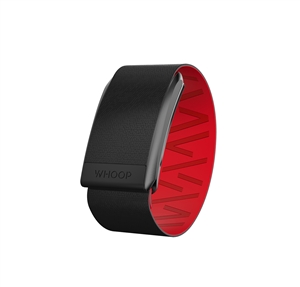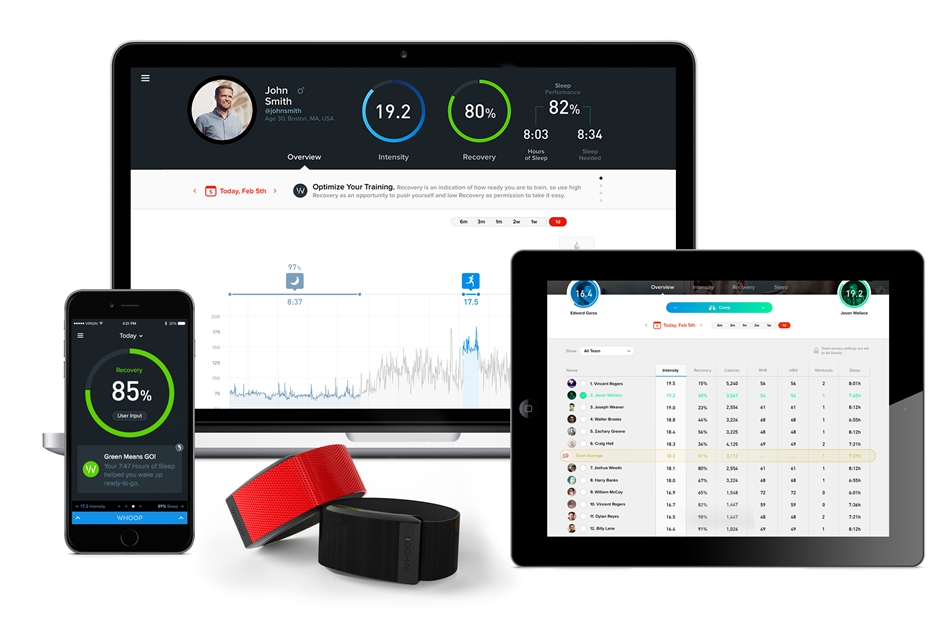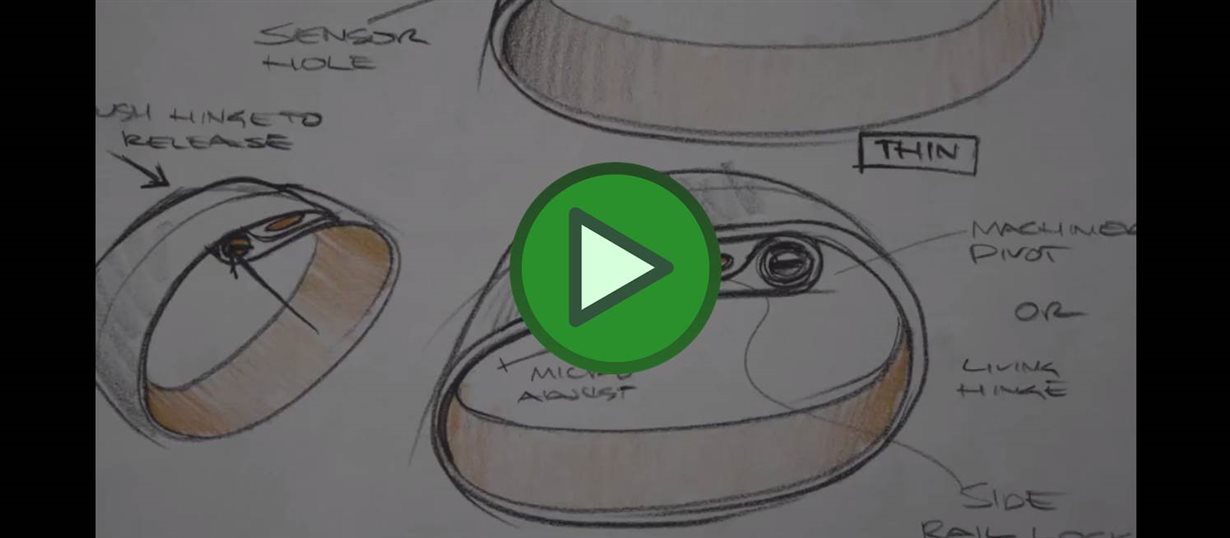SSZTBR5 january 2016 CC2564
- 1
-
2
- 3
- What is WHOOP?
- How Does WHOOP Work?
- What Makes Whoop Stand Out From Its Competitors?
- There Are Many Wireless Connectivity Technologies on the Market. Why Did You Choose to Integrate Dual-mode Bluetooth in Whoop?
- Why did you Choose the BT53 Module From Amp’ed RF, Utilizing TI’s Dual-Mode Bluetooth CC2564 device, for this Product?
- Where Do You See Your Technology/Solution Going in the Next Five Years?
- Additional Resources
This article was authored by Jeff Gatto, SVP Engineering & Supply Chain, WHOOP
Elite athletes require the highest level of body awareness. Given the slim margin between success and failure, it’s surprising that most athletes don’t really understand what they’re doing to their bodies. Even the fittest athletes are susceptible to overtraining, misinterpreting fitness peaks, and misconceptions around recovery and sleep. Coaches and trainers face the challenge of evaluating the status and training plans for 10, 20, or 50 athletes at a time. WHOOP, a Bluetooth®-enabled wearable, aims to solve these training challenges.
What is WHOOP?

WHOOP is pairing physiological monitors with an online health & fitness analytics system. We’ve built a wrist-worn device that can do heart rate monitoring and motion recognition more accurately and comfortably than anything on the market. The device streams wirelessly to a data analytics platform to monitor strain of workouts, need for recovery, sleep efficiency and fitness levels over time. This overall system is initially targeting athletes who aren’t being properly monitored by any existing devices except chest straps and who will benefit from our sophisticated analytics. Our platform will allow coaches and trainers to manage and optimize their teams. The WHOOP system presents a team dashboard to coaches and trainers to help inform training and game day decisions.
How Does WHOOP Work?
The WHOOP Strap is a device designed to be always on – worn by athletes 24 hours a day, 7 days a week. It collects more than 150 MB of physiological data per day based on five metrics:
- Heart rate (HR) – Tracking and accurately reporting instantaneous heart rate.
- Heart rate variability (HRV) – Automatically analyzing, while an athlete is asleep, the tiniest variations in time between beats of his or her resting heart rate, providing detailed insights into the complex relationship of stresses on the body, cardiovascular health, and recovery.
- Skin conductivity – Monitoring an athlete’s skin moisture, helping understand activity and sleep latency.
- Ambient temperature – Combining observation of the environment in which an athlete is active with other sensor data to better understand his or her body’s response.
- Accelerometery and motion – Knowing when and how an athlete is moving to understand not only his or her activity level but also refining the heart rate signal during exercise and providing insights into sleep quality.
That data is streamed via Bluetooth to a sophisticated analytics platform that analyzes intensity, recovery, and sleep performance. Coaches and trainers can view each athlete’s data on an easy-to-use team dashboard to determine what activities they have engaged in, how much strain they have placed on themselves, and how they have recovered. Coaches and trainers then can easily see which athletes are undertraining or which are overtraining and putting themselves at risk of an injury, resulting in improved individual and team performance. Sophisticated privacy settings allow teams to customize how data is shared between coaches and athletes as well as athletes with one another. fig

What Makes Whoop Stand Out From Its Competitors?
WHOOP is a system that is always on: continuously measuring the nuances of an athlete’s strain and recovery throughout the day. Our athletes and coaches know that they are making more informed decisions thanks to WHOOP; and with highly-tuned, well-established routines, they are loyal to products that service their discrete needs and help them reach the next level. These are the principles of our system’s design. From its comfortable, lightweight form factor to its privacy and security to its presentation of data, WHOOP was built from the ground up to empower elite athletes who need peak performance.
The WHOOP Strap is also waterproof, and the first on the market that users can charge either on-the-go or during a night’s rest without having to be removed.
There Are Many Wireless Connectivity Technologies on the Market. Why Did You Choose to Integrate Dual-mode Bluetooth in Whoop?
We decided to use Bluetooth connectivity in the WHOOP Strap because it’s a technology that most of our consumers are familiar with. It enables high data rates with low latency so that users can quickly and easily view their training data on their smart phone or other mobile device. This is essential to athletes, as they are not often connected to their mobile devices during workouts or practice, and need access to their data as quickly as possible in order to optimize their training.
Why did you Choose the BT53 Module From Amp’ed RF, Utilizing TI’s Dual-Mode Bluetooth CC2564 device, for this Product?
We choose the BT53 module from Amp’ed RF, utilizing TI’s dual-mode Bluetooth CC2564 device, because it met all of the connectivity needs for WHOOP, providing great performance and a seamless user experience. The TI CC2564 device, contained within the BT53 module, is an industry standard 2.4GHz Bluetooth transceiver. It can be found in a number of Bluetooth products in the market today and has a proven track record for performance, and power. There are also a wide range options for off-the-shelf Bluetooth stacks compatible with the CC2564 to choose from. We chose a dual-mode Bluetooth option because wanted the ability to leverage the high bandwidth capabilities of Bluetooth classic in conjunction with the extremely low power of Bluetooth low energy.
We chose the Amp'ed RF BT53 module because we were a small team at the start. We wanted our engineering team to focus on our differentiating product offering and did not have deep wireless expertise in house. It was helpful to have a FCC compliant Bluetooth solution in a module package. Amp'edRF also has a mature Bluetooth stack and offers excellent support which gave us peace of mind that we had experts to help us when we needed it.
Where Do You See Your Technology/Solution Going in the Next Five Years?
We are incredibly excited to see our technology reach far beyond the elite athlete, to anyone that is looking to gain a better understanding of their bodies and health. Predictive analytics will eventually tell you not only that you are sick before you experience symptoms, but also schedule an appointment or call in a prescription. The possibilities are endless.
Additional Resources
